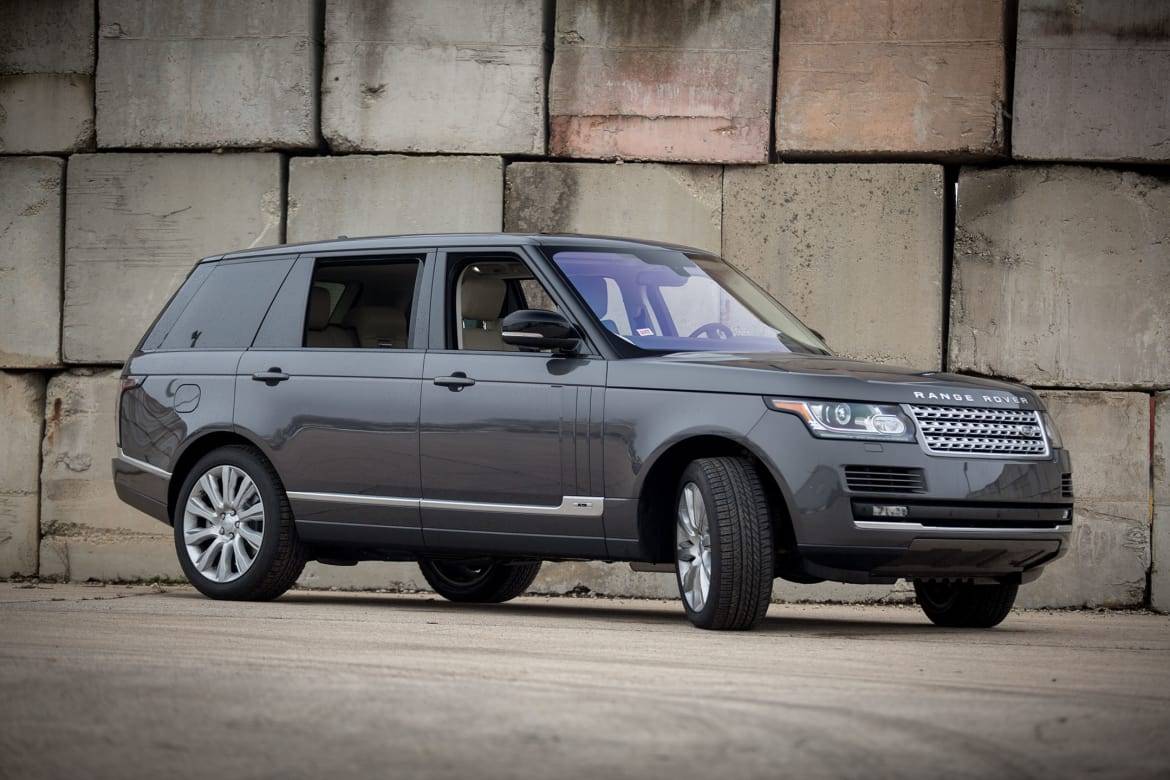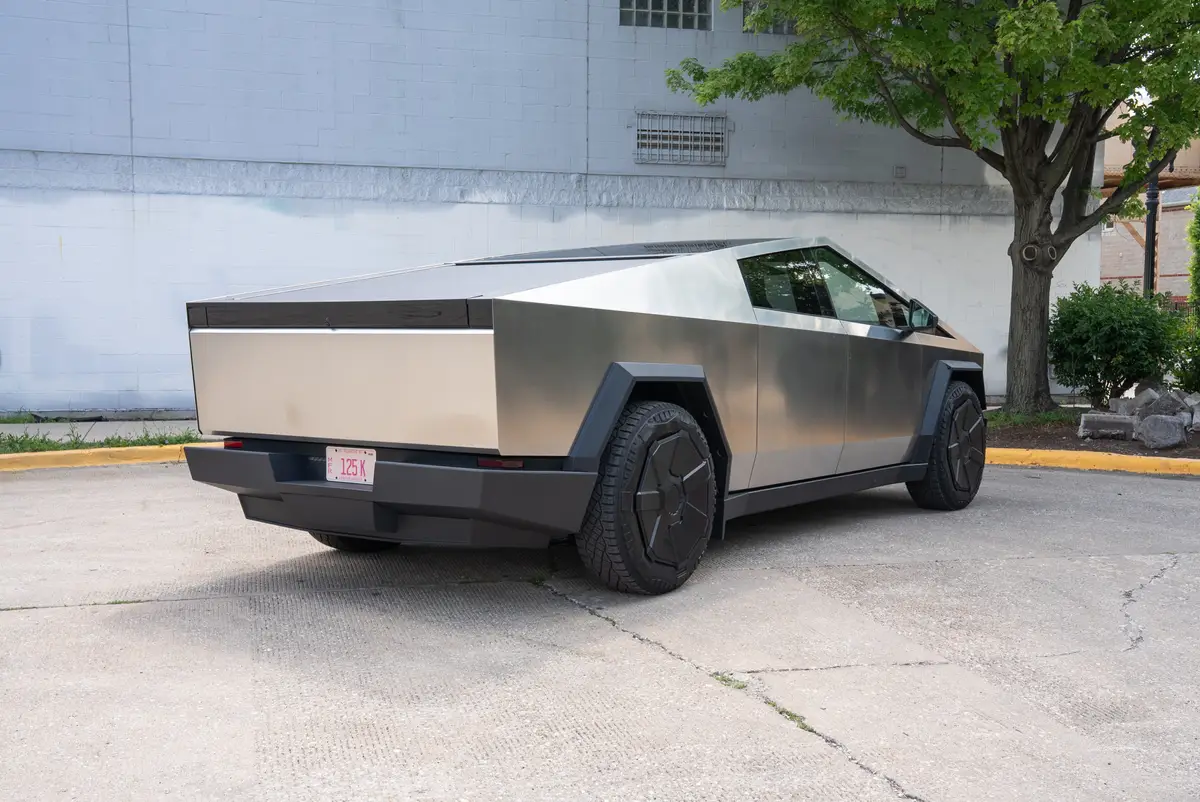The Morning Call and Mcall.com's view
In an age of sophisticated suspension systems and state-of-the-art tires, it is no longer surprising that even the basic economy car (if set-up right) can be whipped around the back roads as if it were a sports car.
Handling is definitely in this year. The only surprise here is the effort that manufacturers expand in trying to outdo each other. Just when you thoughtyou knew it all, along comes a new innovation that may or may not be the wave of the future.
The 1988 model year, among other things, will be noted as the first year for four-wheel steering; a relatively new idea that could have all manufacturers scrambling to get aboard or one that may just fade away as fast as the ”talking” car because of lack of necessity.
No matter what happens a couple of years down the road, though, four-wheel steering is innovative and certainly is worth a study.
Several manufacturers are offering this system this year, among them Mazda;a company which made its initial reputation on a revolutionary engine of its time, the rotary. Mazda is still the only car builder offering this type of engine. But back in the early 1970s it looked like everybody would offer it. Unfortunately, the rotary engine suffered a couple of setbacks – mostly with seals and poor fuel mileage – and the bandwagon was soon empty. To Mazda’s credit it did stick with the rotary and proved the initial success was not a fluke.
So, obviously, Mazda is not afraid to stick out its corporate neck. The company does have some experience with 4WS. The first Mazda with this system was the MX-02 show car of 1983, followed by the MX-03 show car in 1985.
The new system is used on a special and somewhat limited production versionof its popular 626 model. This is the 626 4WS Turbo Sedan, which not only features 4WS, but Anti-Lock Brake System (ABS) and a powerful intercooled turbocharged engine. Mazda also took a page from Henry Ford’s Model T on this special model. In the early days of the ”T” old Henry said it was available in any color as long as it was black. The 4WS 626 is also available in any color as long as it is white.
Mazda’s electronically controlled, vehicle-speed sensing 4WS system steers the rear wheels through a hydraulic and mechanical linkage. The direction and degree of rear wheel steering is determined by the speed of the vehicle: at low speeds (below22 mph) the rear wheels turn in the opposite direction to thefront wheels, above 22 mph the rear wheels steer in the same direction of the front wheels.
What is accomplished by steering the rear wheels in the opposite direction to the fronts at low speeds, according to Mazda, is reducing the turning diameter and making parking and tight maneuvering easier. By steering the rearin the same direction as the front wheels at higher speeds, cornering stability is enhanced, as is high-speed straight-line stability and rapid lane-changing ability.
To keep things under c ontrol, the maximum steering angle of the rear wheelsis five degrees. Also, there are fail-safe measures built into the system to automatically counteract electronic and hydraulic failures.
In test driving, the 626 4WS did everything Mazda claimed it would do, and then a little beyond. The test car was driven through deep slush (as in the middle of the road), in freezing rain and through large quantities of water and kept right on tracking. Though I must say I drove through the same conditions with other less sophisticated vehicles and managed to get through. But like four-wheel drive, four-wheel steering probably gives a little more confidence.
Obviously this system is complicated, expensive and probably not needed or appreciated by everyone. The driving enthusiast will no doubt love it, while the average driver won’t know what its all about and probably won’t care. Thissubject can go on and on and on but let’s save some of it for another car.
Even without the 4 WS system, the test car would have been impressive. However it should be since this particular 626 is the most expensive 626 ever built. And what do they say about getting what you pay for? The test car had abottom line of $18,400, which no doubt is one of the reasons it will be a low production car. For reasons perhaps best known to Mazda, air conditioning is an option on this car ($795). Everything else, and there’s plenty of it, is standard.
From a safety point of view, even more impressive than the 4WS, is the Anti-Lock Brake System. Here is a feature that can be appreciated by every driver; especially if an accident is avoided because of it. ABS not many yearsago was only used on the most expensive of German imports. Fortunately it is gaining wider use and is being used on many mid-priced cars today. In the future, hopefully, it will be used on all cars.
ABS has been covered extensively in this column so I really don’t want to belabor it too much more. But basically, ABS provides optimum braking performance in all weather conditions and will allow a driver to maintain vehicle steering control while braking. For example, you’re driving along and another car pulls out in front of you. The road is slippery and you jam on thebrakes. Normally, this could produce a skid or loss of control. But with ABS the wheels are not allowed to lock up. So even though there is not enough roomto stop in time, you will still be able to steer the car with the brakes fullyengaged and possibly avoid an accident. Take my word for it, it doesn’t take much – only one incident – to make an ABS believer out of a driver.
Another impressive feature of this car is its engine; a 12-valve (two intake and one exhaust), fuel-injected, four-cylinder with an electronically controlled water-cooled turbocharger with an air-to-air intercooler. This engine is new for this year.
It measures 2.2-liter/133-cubic-inches and produces 145 horsepower at 4,300rpm and 190 foot pounds torque at 3,500 rpm. This is a herd of horses for a car weighing less than 3,000 pounds. Not surprisingly, when you put your foot into it, all kinds of things happen. In fact, the test car with a four- speed automatic transmission went from 0-60 mph in less than nine seconds.
This engine has so much snap and so little turbo lag, a driver must be alert on quick acceleration. In addition to 4WS, a driver is also quickly aware of torque steering, a not uncommon occurrence in many front-wheel drive cars with powerful engines. And since the 626 Turbo has plenty of torque (a 190 foot pounds) and an already sensitive steering system, there’s more than the usual amount of torque steer. In other words, hang onto that steering wheel or it will go the way it wants to.
The four-speed automatic is also somewhat unique. It offers three driver- selected shift modes: Power, Economy and Hold. The Power mode selects higher shift points for better acceleration. In the Econ omy mode, the transmission shifts at the optimum point for smoother operation and improved fuel economy. And the Hold mode allows the driver to select and ”hold” each of the three lower gears.
Fuel mileage for the test car proved to be decent. It averaged 14 miles pergallon for city driving and 23 mpg over the highway. All of the driving was done in the Power mode and, as mentioned, over some sloppy highway conditions.So, mileage should be better in warmer weather. Unleaded premium must be used.
As with other Mazda models, the 626 4WS Turbo is protected by a three- year/50,000-mile ”bumper-to-bumper” warranty.
Latest news



